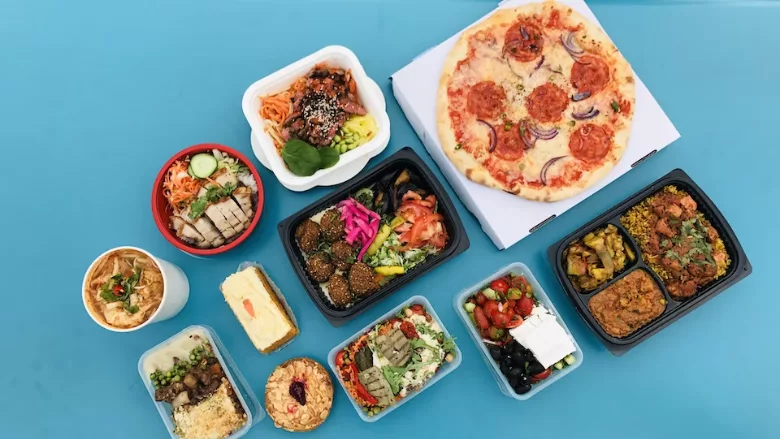Guidance on Food Safety Best Practices for Food Delivery Businesses

Credit: Cristiano Pinto (crispinto) via Unsplash
The U.S. Food and Drug Administration recently highlighted a voluntary guidance document on food safety best practices for direct-to-consumer and third-party food delivery services.
The guidance features several updates from the original draft, such as recommended practices for transportation directly to a consumer of perishable products, to include proper packaging; temperature control during shipping, receiving, and storage; return of compromised and abused products; and other food safety related topics.
The primary intent of the document is to provide best practices for preventing the biological, physical, and chemical contamination of foods, as well as the growth of harmful bacteria and the formation of toxins within food being transported. Specifically, the guidance includes parameters relevant to:
- Preventive controls
- Mechanisms to assess risk
- Validation and verification practices
- Recommendations for proper packaging
- Temperature control
- Receiving and storage
- Physical and chemical contamination control
- Allergen control
- General food safety information
- Suggestions for the return of compromised and abused products.
The guidance is not intended to provide a one-size-fits-all approach; rather, it aims to review some of the essential parameters that any company should consider in providing safe foods to consumers. Companies are encouraged to research, understand, and test the methods best suited to their specific operations.
The guidance was prepared by the 2018–2020 Conference for Food Protection (CFP) Direct-to-Consumer Delivery Committee, and the document’s presentation at CFP was postponed to 2021 due to the COVID-19 Pandemic. The document is based on an earlier draft from the 2016–2018 CFP Mail Order Foods Committee. Collaborators on the document include regulatory, nonprofit, and industry stakeholders.
Looking for quick answers on food safety topics?
Try Ask FSM, our new smart AI search tool.
Ask FSM →








